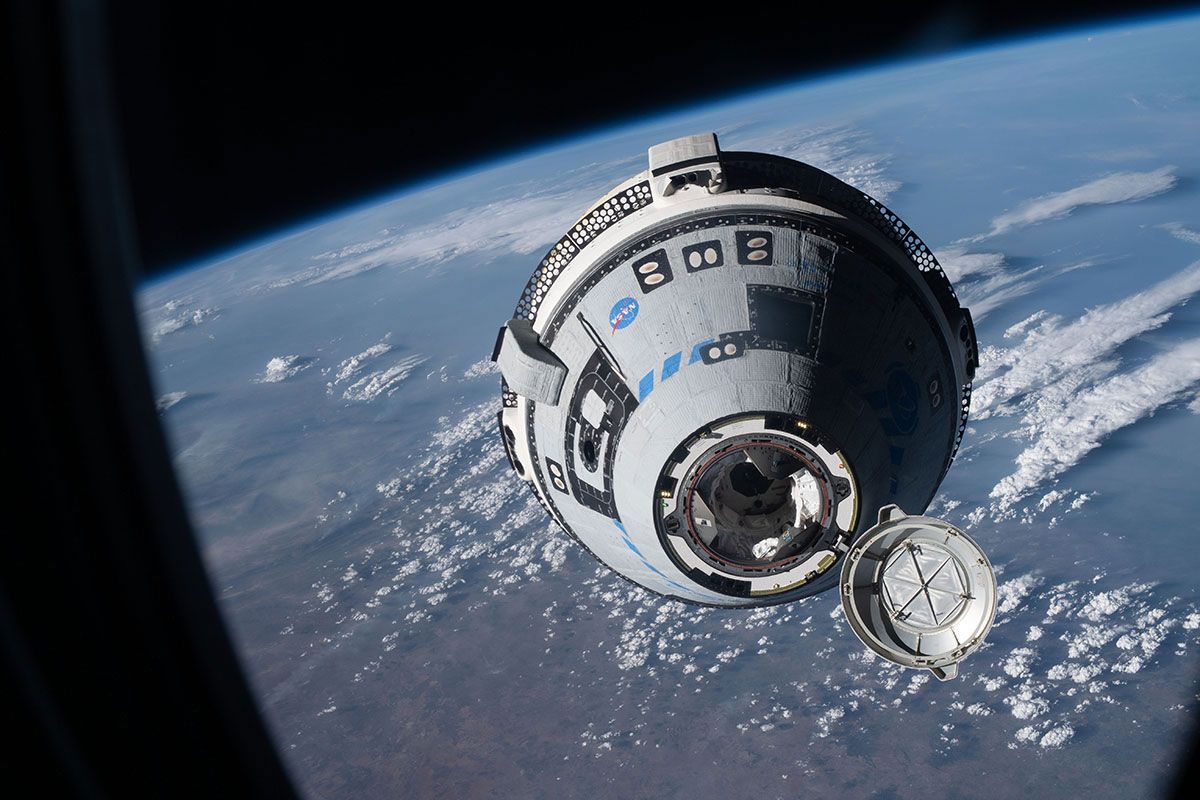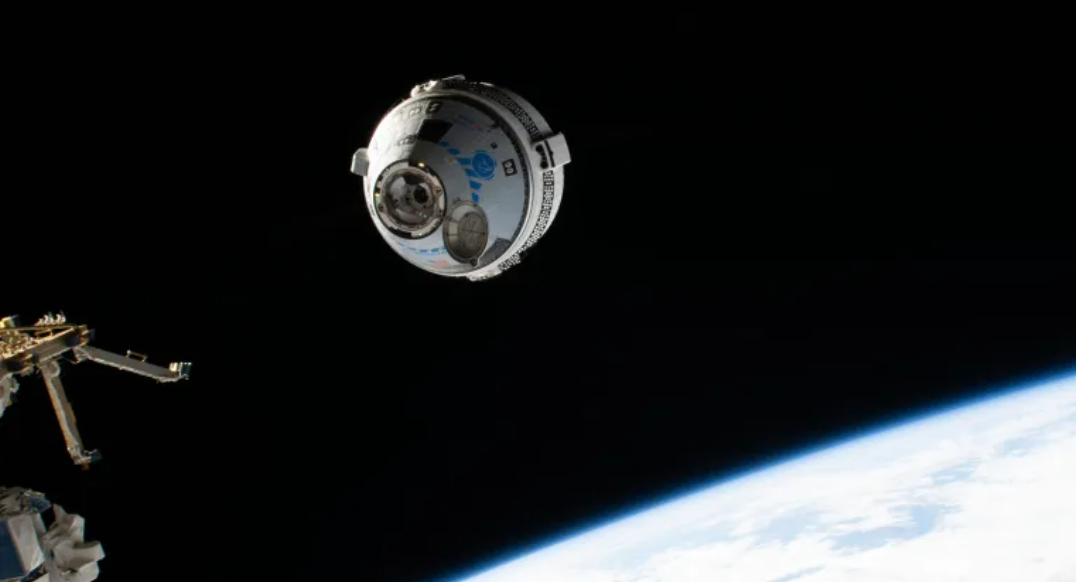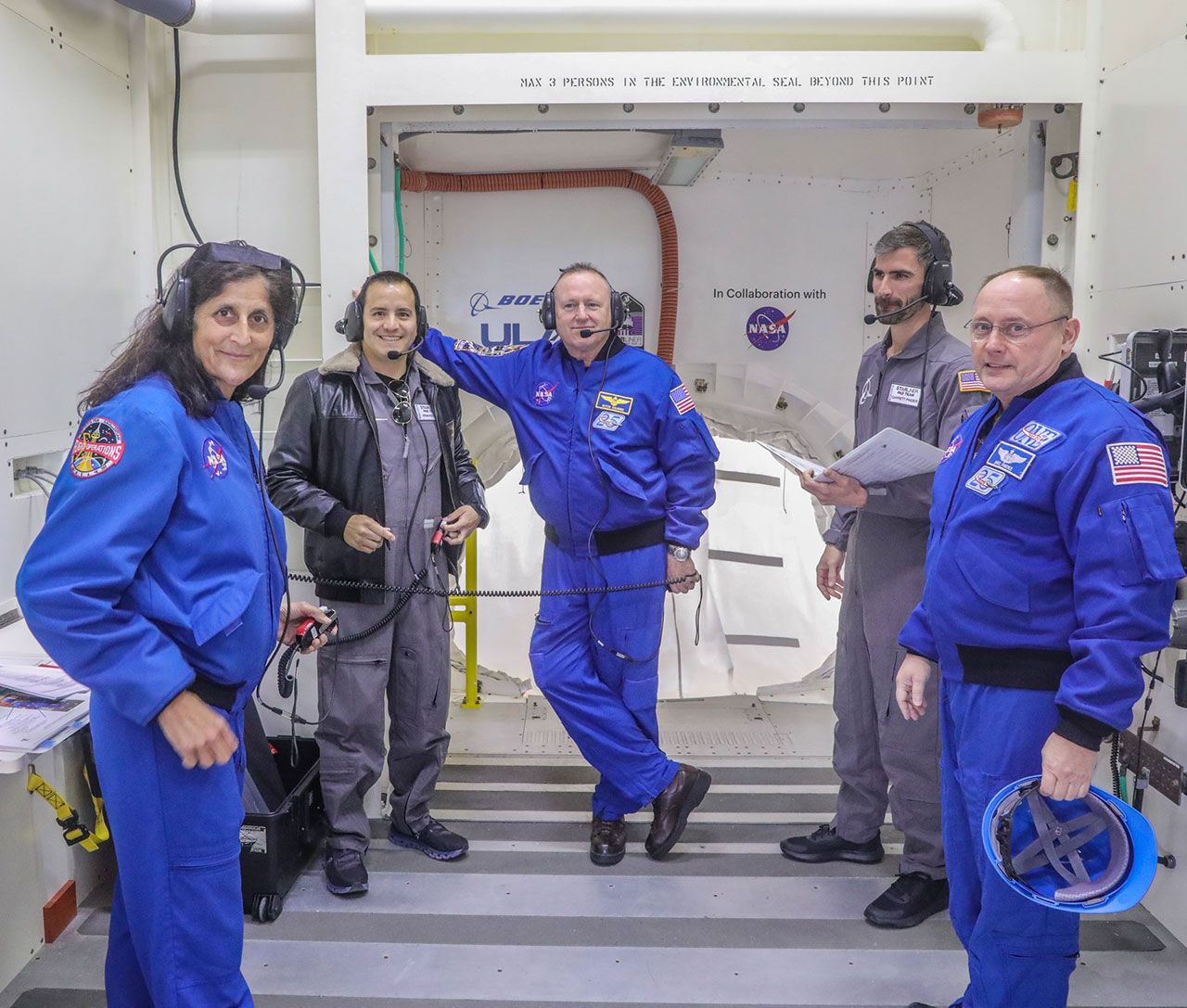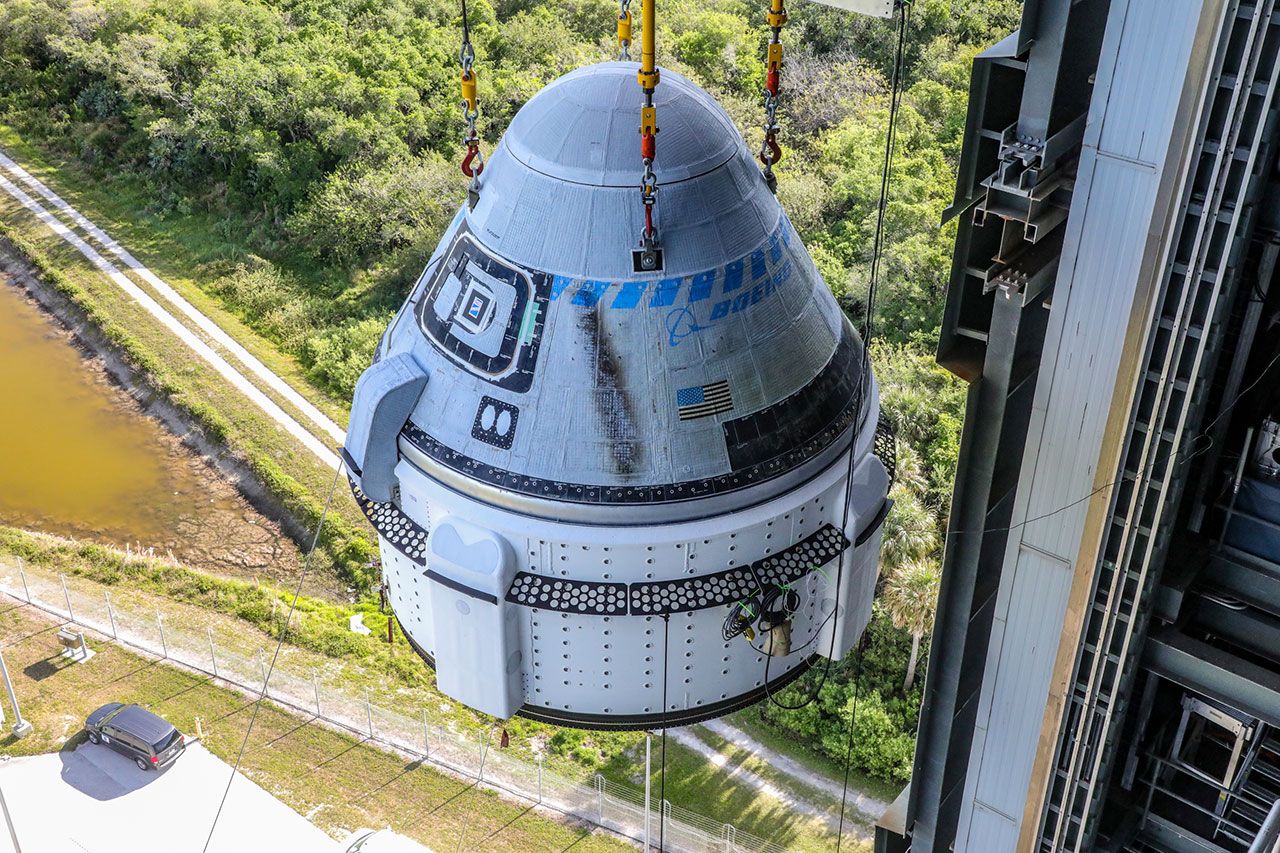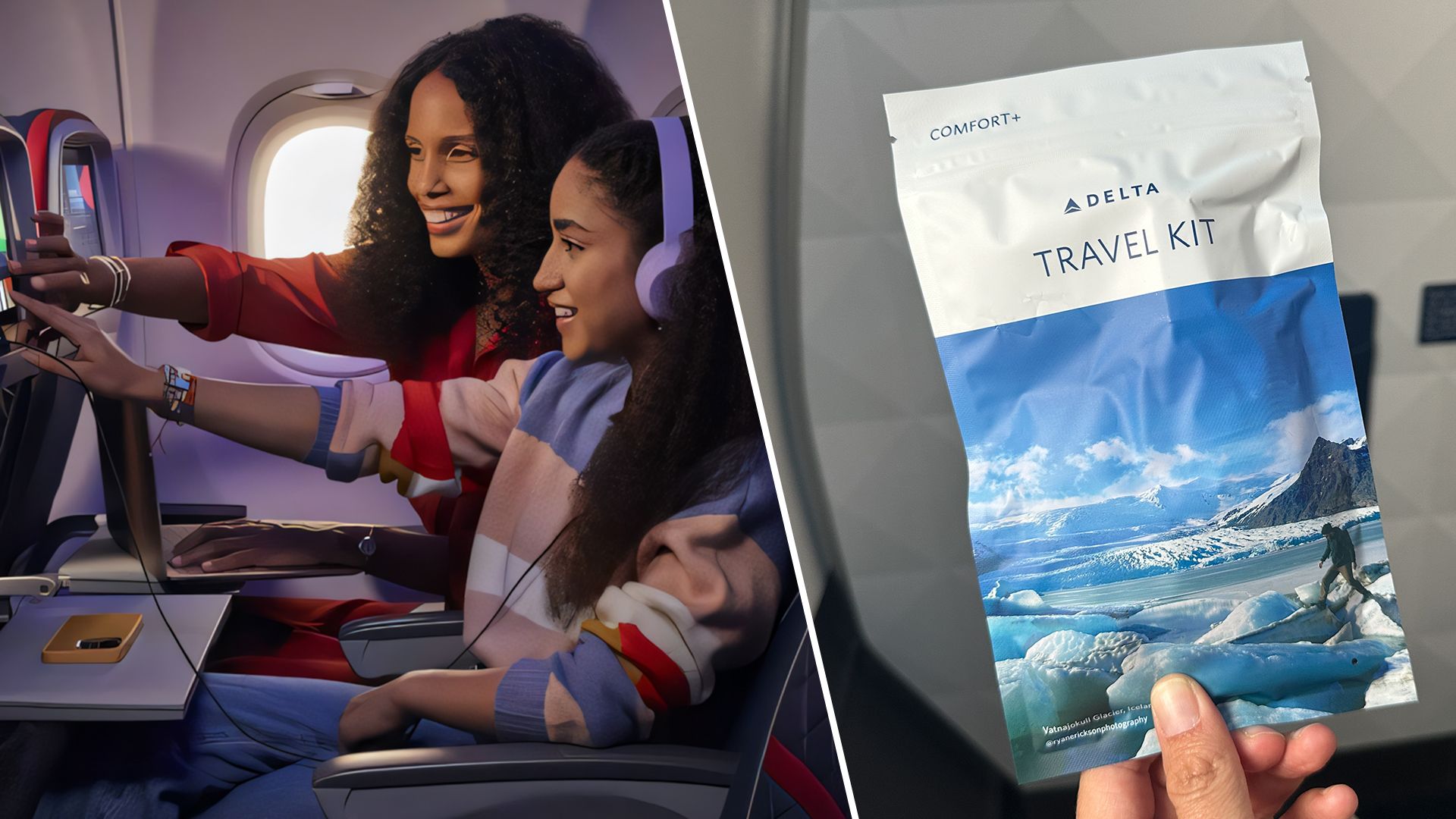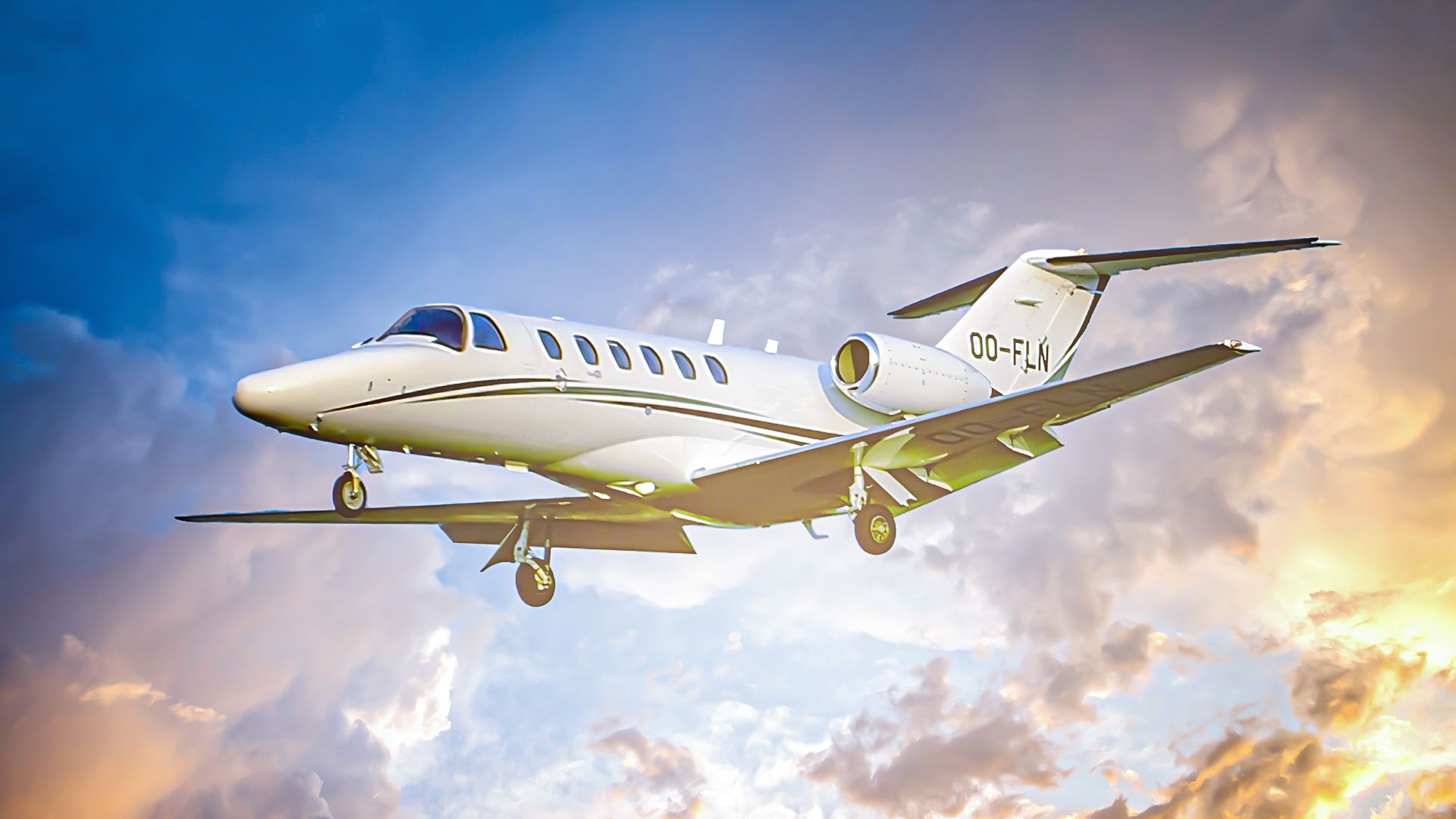Summary
- Boeing Starliner launch delayed to May 25 due to helium leak on spacecraft’s service module.
- Thruster system leak was discovered during May 6 countdown; additional time needed to assess.
- Boeing’s Starliner has faced several past challenges, delays, including thruster issues and clock errors.
Sometimes, it seems that only SpaceX is launching new missions into space, but legacy space actors like Boeing are far from out of the game. Despite another delay, NASA’s Boeing Starliner is expected to still complete its final test flight this month after another delay following the discovery of a helium leak. This will not be the first time the Starliner has been launched into space and docked at the International Space Station. In May 2022, the Starliner successfully completed Orbital Flight Test-2 (OFT-2) docking at the space station without astronauts on board.
Starliner launch delayed by helium leak
A helium leak on Boeing’s new Starliner has delayed the launch of the flight testing mission carrying NASA astronauts to the International Space Station to 3:09 p.m. Eastern May 25 at the earliest. The mission had been expected to launch on May 21. According to Boeing, this will allow time to assess a small helium leak found in the Starliner spacecraft’s service module. The leak has been traced to a flange on a single reaction control system thruster.
Photo: Boeing
Space News reported that the leak was discovered during the May 6 countdown (the launch was canceled due to an unrelated valve issue with the Atlas 5 Centaur upper state). As the Starliner program manager Mark Nappi (also the Boeing vice president) noted, a lot of things have to go right. And it’s not just the majority of things—everything needs to be right before launch.
“Pressure testing performed on May 15 on the spacecraft’s helium system showed the leak in the flange is stable and would not pose a risk at that level during the flight. The testing also indicated the rest of the thruster system is sealed effectively across the entire service module.” – Boeing
Until the new launch date, the ULA Atlas V rocket and Boeing’s Starliner will remain in the Vertical Integration Facility at Cape Canaveral in Florida. The two astronauts will remain quarantined in Houston and be flown back to Cape Canaveral as the launch date nears.
“Despite a decade-long $4 billion contract under NASA’s Commercial Crew Programme, Boeing’s Starliner has faced numerous challenges, including a failed mission in 2019 due to a clock error, thruster issues in 2022, and other design problems that led to indefinite delays.” – Aviation24.be
Photo: NASA
Bad weather or small malfunctions are very common causes of space mission delays. Starliner has experienced many delays and technical issues over the years, as with many complicated new spacecraft. The first crewed test flight was originally planned for 2017, but delays have successively pushed the date back. Hopefully, this will be the last of the delays in the mission.
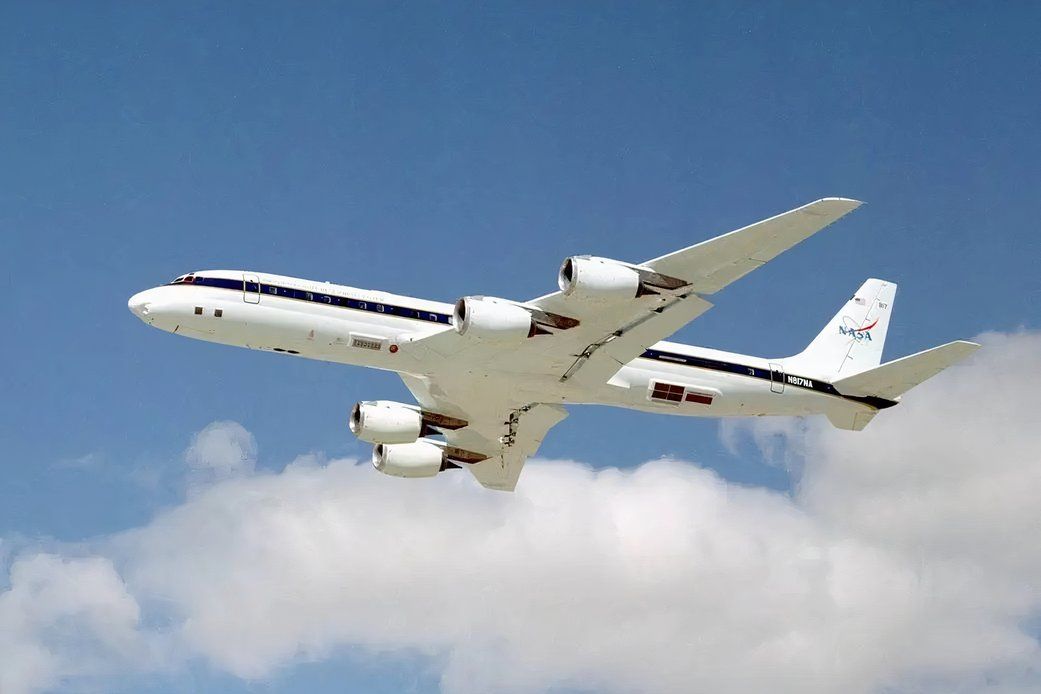
Related
NASA’s Flying Laboratory DC-8 Has Flown For The Last Time
The unique aircraft has finally left the skies.
Boeing Starliner’s Test Launch
The scheduled upcoming Boeing Starliner launch will carry the NASA astronauts Butch Wilmore and Suni Williams to the International Space Station. The astronauts are expected to spend around a week at the space station before returning via a parachute and airbag-assisted landing. The planned landing site is in the southwestern United States.
A successful mission will enable NASA to start the final process of certifying Starliner for crewed rotation missions to the International Space Station. It is hoped this will be the final test flight before the Starliner enters service with the Starliner-1 mission in 2025.
Photo: Boeing
The Starliner is not the only Boeing orbital vehicle being developed. In 2023, SpaceX Falcon Heavy rockets deployed the US Air Force’s secretive Boeing X-37B orbital spaceplane on its seventh mission. The Boeing X-37 resembles a diminutive Space Shuttle and is a reusable robotic spacecraft that reenters the atmosphere and lands as a spaceplane.
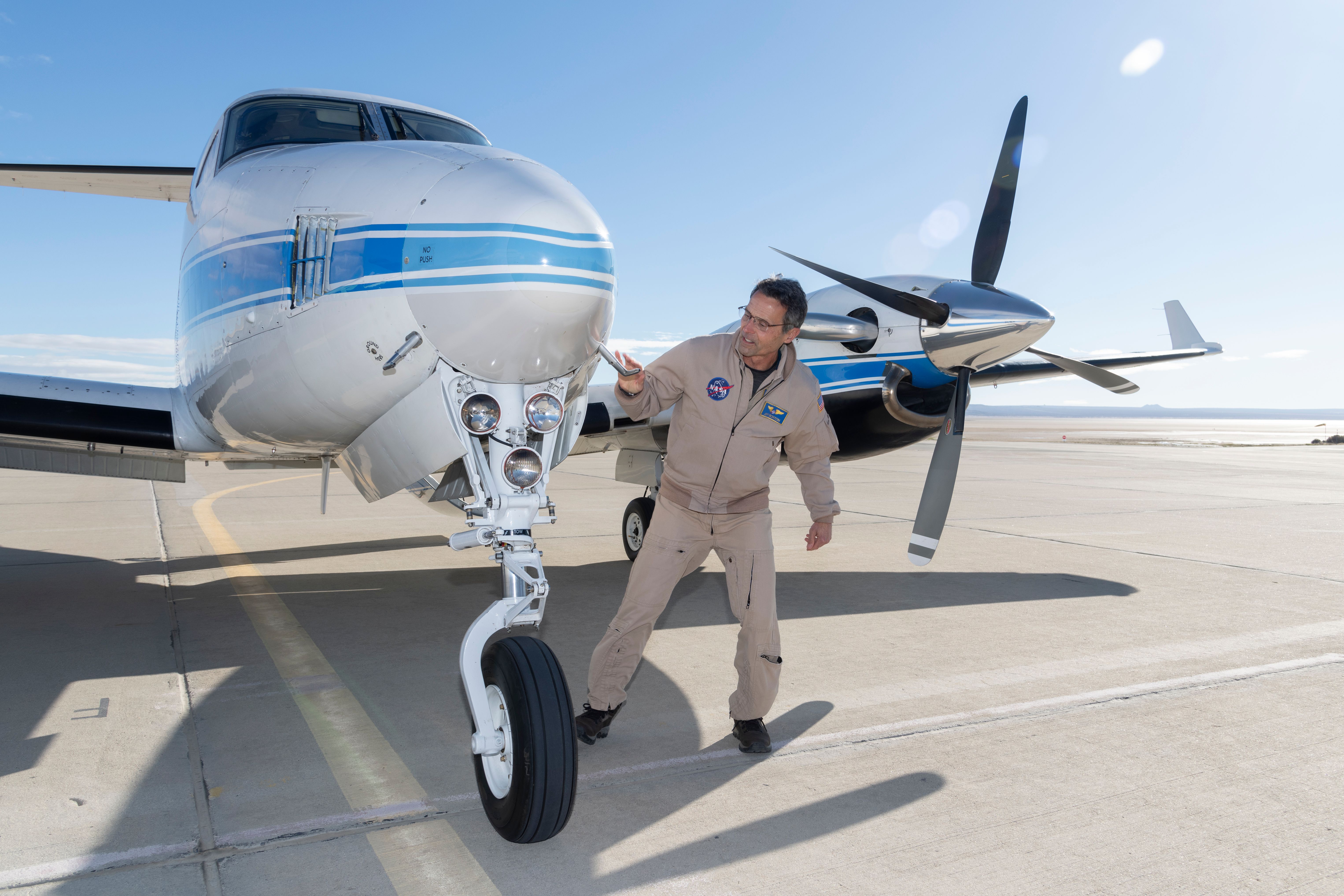
Related
What Aircraft Does NASA Have After Retiring Its Boeing 747 Telescope?
NASA has a big fleet of diverse aircraft used for a wide variety of experiments.
Starliner
Boeing’s Crew Space Transporation (CST)-100 Starliner is a joint project between NASA, Boeing, and ULA for low-Earth missions. When servicing NASA’s missions to the International Space Station, it will carry two crew along with time-critical scientific research. Starliner can accommodate seven passengers or a mix of passengers and cargo. It is expected to be reusable for up to ten missions within a six-month turnaround time.
“…astronauts don’t have to do anything if they like. They can simply enjoy the ride.” – Boeing
The spacecraft is a reusable crew capsule and an expendable service module. With a diameter of 15 feet, the capsule is a little larger than the Apollo command module and SpaceX’s Crew Dragon (which has performed multiple crewed missions since its first launch in 2020). However, it is smaller than Artemis’ Orion capsule.
Photo: Boeing
The Starliner is fully autonomous. NASA states its features resemble more sophisticated versions of cruise control and hands-free driving. It can even “repair” itself as it can detect, isolate, and respond to faults while being built with redundant systems.
Starliner is far from the only significant manned space project NASA is working on. NASA is also working on the Artemis program, which is planned to put astronauts on the Moon for the first time since the Apollo 17 moon mission in 1972. It is part of a long-term goal to establish a permanent base on the Moon and further facilitate manned missions to Mars. Artemis 3 is currently expected to launch in September 2026.


